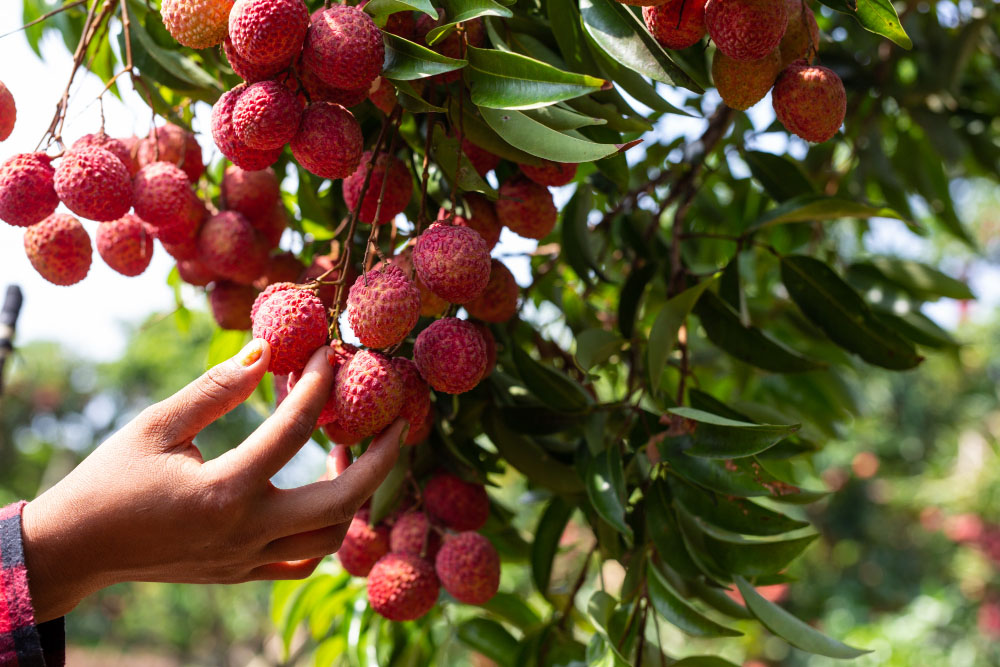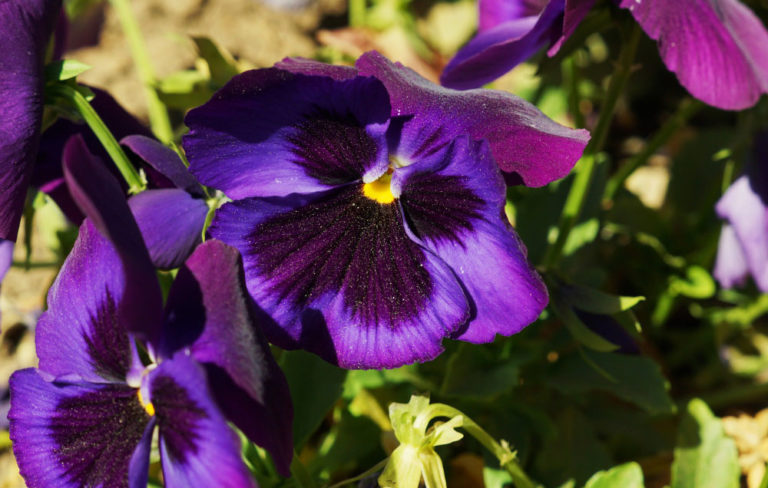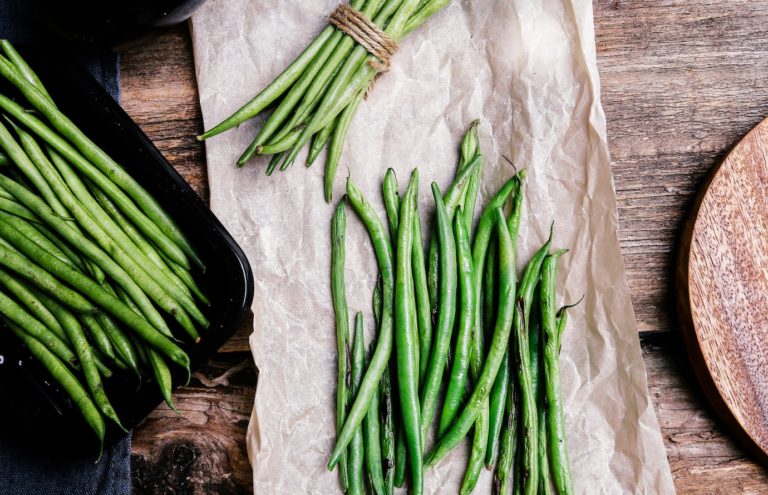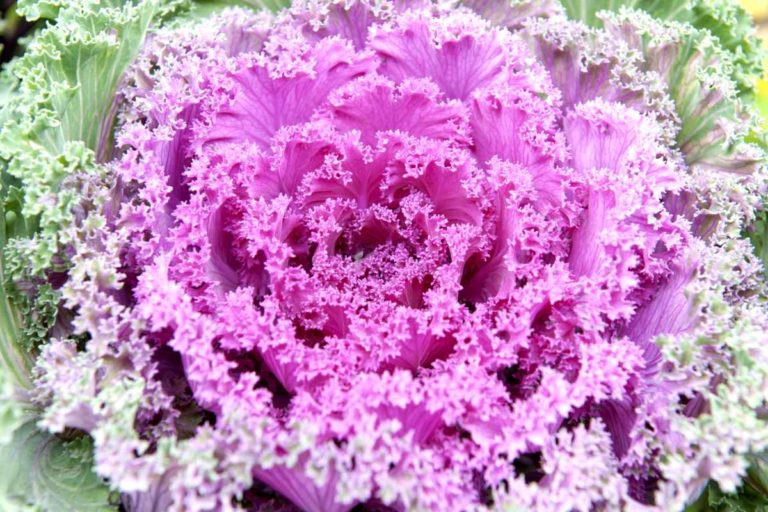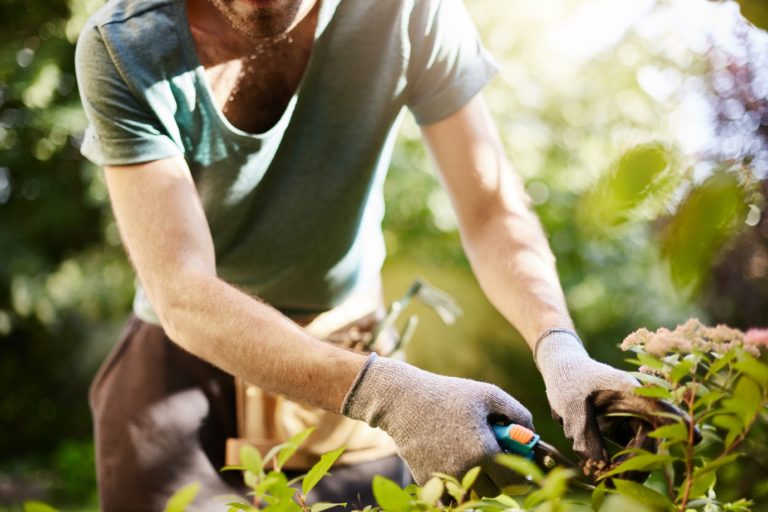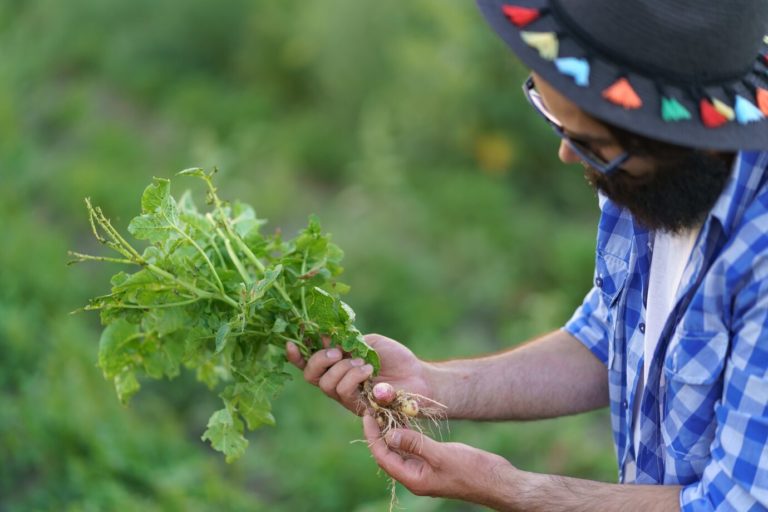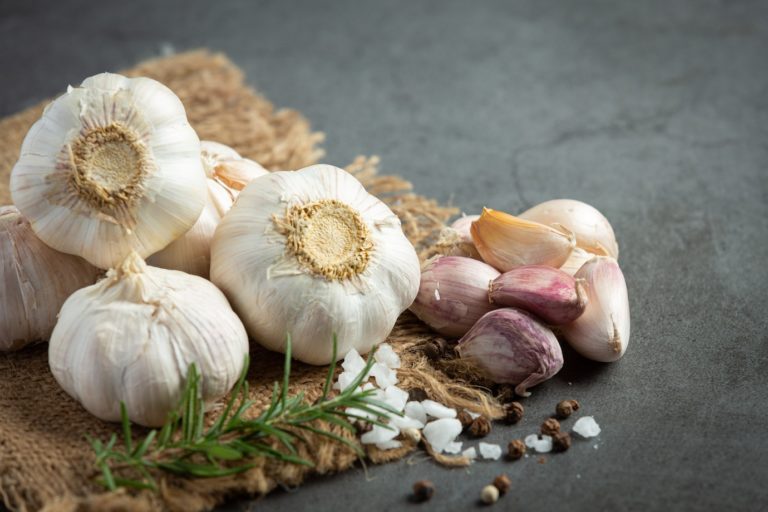How to Plant Lychee Seeds
Lychee is an Asian tropical evergreen tree that is native to Southeast China. The lychee tree is typically grown for its fruit. It produces exotic lychee fruits that have a sweet and citrusy taste. You can enjoy them as they are or turn them into delicious juices, sauces, smoothies, and whatnot!
How to Plant Lychee Seeds
The lychee plant is not meant for growing indoors. It requires specific conditions and an ideal subtropical temperature to reach maturity and bear fruits. Therefore, it is recommended to have a greenhouse if you want to plant a lychee tree at your place.
If you love lychees and want to have a lychee plant of your own, you must know that growing one isn’t easy. Lychee is an extremely slow-growing tree; sometimes, it can even take up to 30 long years to reach a height of 30 feet.
However, if you are determined to plant a lychee tree and gain some new experience, we have you covered. We will tell you some super-effective tips and tricks that will make planting and growing lychee seeds easier for you.
So, let’s see how to plant lychee seeds!
Planting Lychee Seeds: Important Things to Know
As we said, lychee is a tropical plant belonging to Southeast Asia – specifically China. Thus, it requires a warm climate for proper growth. This makes it quite unsuitable for colder regions like some parts of North America.
A greenhouse can help you attain the optimum temperature and make growing a lychee plant easier. The seeds are planted during the spring season, after the risk of frost is over. The plant produces flowers and fruits, which naturally take a long time to develop. The lychee fruit has pink-colored and rough skin. The inside flesh is clear white and has a sweet, citrusy, and light flavor.
When it comes to planting a lychee plant, there are two ways in which you can get the job done. You can either buy a young tree from a nursery and plant it into a pot or grow a lychee tree from scratch by using lychee seeds. Remember, a lychee tree is quite huge, so you should only plant the seeds if you have plenty of space available in your garden or backyard.
How to Plant Lychee Seeds in Your Garden?
Now that we have discussed the basics let’s look at how you can plant lychee seeds.
You can obtain lychee seeds from fleshy and mature lychee fruits. All you need to do is purchase your favorite variety of lychee fruit – make sure to go for the ones that are red, plump, and look healthy – and then peel the outer layer and the flesh. Do this for all the lychee fruits you have. You will be able to obtain a single seed from the fruit.
Additionally, make sure to only choose those seeds that are perfectly round, large, and smooth. You will occasionally come across lychee seeds that are shriveled, too small, and oblong. It is best to avoid them as these seeds don’t grow into healthy plants – if they grow at all – and thus, it is best not to plant them in the first place.
Another essential thing to note is that lychee seeds dry out very quickly. Thus, it is a must to plant them as soon as possible. Once you obtain them from the fruit, do not wait to plant them in your garden or a pot. The sooner you get started with it, the better the results will be.
For planting the seed, all you need to do is take a 6-inch pot, fill it up with a rich and moist growing medium, and then sow one lychee seed into it. Initially, it is best to plant the seed into a pot and then transfer it to your garden or backyard once it starts growing. It is ideal for digging a 1-inch deep hole and burying the seed.

Lychee Seeds’ Germination
Lychee seeds require a temperature of about 75 – 90 degrees Fahrenheit and moist and warm soil to grow optimally. Therefore, maintain ideal growing conditions if you want your lychee plant to thrive.
The germination process takes about two to four weeks to be completed. Once the seedling starts emerging, you can move the pot to a place where it receives partial sun. You can either put it in front of a window or take it to your garden and place it in an ideal spot.
Tending to Your Lychee Plant
The lychee plant requires specific conditions to produce sweet and delicious lychee fruits. You must provide it with the right amount of sunlight, water, and well-nourished soil.
Here are some major tips and tricks for taking care of your lychee plants after you have sown the seeds:
1. Soil
Lychee seeds love warm and moist soil – similar to what you can find in tropical regions. The solid should not be alkaline as the lychee plant doesn’t respond well to it.
It is recommended to amend the soil with pine needles or pine bark to make it more suitable for your lychee seeds. Further, if you have decided to plant your lychee seeds in a potted plant indoors, buy slightly acidic soil.
2. Sunlight
Like all other plants, providing the right amount of sunlight to lychee seeds is crucial for their growth. The young lychee plants do not respond well to the full sun suddenly. They need to be acclimated to it first. So make sure to initially expose your plants to particle sun and then gradually place them under bright, full sun.
Once your lychee plants are properly acclimated to the full sun, their performance will improve significantly.
3. Water
Lychee plants need ample amounts of water throughout the year for proper growth. Young plants need frequent watering – more than the bigger ones – to boost their growth. So, make sure to water young lychee plants as soon as the soil starts to feel dry. On the other hand, you can water the bigger trees once a week.
4. Fertilizers
Along with good soil, water, and ample sunlight, you will also have to use fertilizers to promote the growth of your lychee plants. When using fertilizers, non-toxic, light-liquid fertilizers work best with lychee trees.
Additionally, make sure not to use too many fertilizers on your plants. Using fertilizer once or twice a week is more than sufficient. It is because instead of promoting their growth, large amounts of fertilizer can impact it negatively.
5. Temperature
One of the best things about lychee plants is that they can tolerate cold weather. In fact, they can survive freezing weather. However, while lychee plants can survive during the colder months, they love warmer temperatures and high humidity.
Ideally, you should expose your lychee plants to a temperature of around 32 to 45 degrees Fahrenheit during the colder months for at least 100 days. For the rest of the year, try to provide a higher temperature to your lychee plants so they can flower in the early spring months and produce lychee fruits in early summer.
How to Harvest Lychee Fruits
Lychee trees generally start producing fruits after five years of sowing the seeds. In extremely rare cases, some trees can even produce lychee fruits within three years of their plantation.
Generally, lychees can be found in a cluster of three to fifty fruits that are ripe in June or July. While harvesting, remember not to pick the green lychee fruits because they have not matured yet. A pinkish-red color indicates that the lychee fruits are fully mature and ready to be picked. So, make sure to harvest and collect those lychee fruits.
Once picked, unripe lychee fruits do not grow further, so all your efforts will go to waste.
One of the best ways to test whether or not the lychee fruits are ready to be harvested is by testing them. Simply pluck one fruit from the bunch and taste it. If it is sweet enough, it indicates that almost all the fruits belonging to that bunch are mature, and you can remove them from the lychee tree without worries.
Summing Up
So there you go! That was all about how to plant lychee seeds in your home. When planting lychee seeds, always remember that patience is the key. It is because, initially, these seeds grow very fast.
The plant can grow up to 7 to 8 inches during the first year. However, its growth rate slows after that. The flowering and fruiting process begins after 5 to 6 years of sowing the seeds. Thus, it is crucial to be patient and treat your plant with love and utmost care.
Love your plants; they will surely love you back and provide delicious fruits you can enjoy with your loved ones.
Related Posts:

